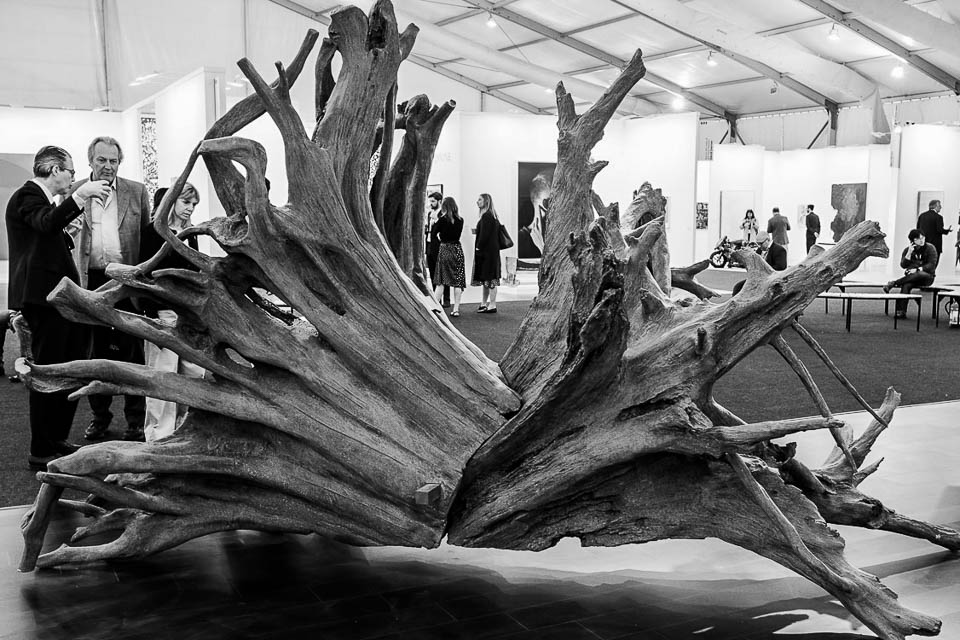There was a time when the pursuit of art carried immense prestige, a time when discerning collectors viewed their acquisitions as both an investment and a reflection of cultural sophistication. Today, however, that vision appears to be fading. The current generation of affluent individuals, seduced by the allure of real estate and high-end cars, seems to have little appetite for the deeper, intangible rewards of collecting art. Art, once revered as a status symbol embodying intellect, taste, and cultural capital, is now treated like an afterthought. What happened to the prestige of art, and why does it seem to have lost its foothold in the evolving language of luxury?
A Changing Definition of Wealth
For generations, the wealthy collected art not only to flaunt their taste but also to secure a piece of history and nurture a legacy. This was not merely about financial returns but about cultivating a cultural identity. Collectors sought masterpieces to align themselves with intellectual movements, to associate with narratives that mattered, and to safeguard works that would survive them. Art had a transcendental quality—it was not confined to time or trends but carried meaning that evolved across centuries. Today, however, the modern wealthy elite chase a different dream: sprawling penthouses, exotic sports cars, and vacations on private islands. Their obsession with tangible, easily flaunted displays of wealth reflects a shift from the symbolic to the superficial.
From Culture to Commodity
Art is no longer seen as an intrinsic part of culture but increasingly reduced to a mere commodity. In an era driven by metrics, ROI, and Instagram likes, the slow, contemplative process of appreciating art feels out of sync with the breakneck pace of modern life. As a result, art has lost its allure to the younger affluent class, who prefer to spend on things that provide immediate gratification and social visibility. The irony, of course, is that while art offers permanence and enduring value, the ephemeral pleasures of a sports car or a luxury villa depreciate rapidly, both in monetary and symbolic terms.
The Decline of the Collector Class
The role of the collector as a cultural custodian is nearing extinction. Few among the younger generation aspire to become connoisseurs or engage with the art market beyond treating art as décor. With the death of the collector class, the art world loses its most essential patrons—those who purchase not just to possess but to preserve. Even institutions like galleries and museums feel the sting, struggling to attract serious buyers amidst the changing consumer mindset.
Art’s New Place: The Background
Art today is increasingly relegated to background noise—an ornament for high-end homes or a conversation piece at cocktail parties. It serves more as a prop than a statement, more for ambiance than for contemplation. This relegation signifies not just a loss for artists, galleries, and institutions, but for society at large. A civilization without art at its core risks becoming hollow. When we neglect art, we sideline human expression, empathy, and introspection—the very elements that enrich our shared existence.
The Need to Revive the Prestige of Art
If art is to reclaim its prestige, the shift must come from both creators and collectors. Art institutions must work harder to engage younger audiences meaningfully, emphasizing the lasting impact that art can have beyond financial returns. Collectors, too, must rediscover the joy in curating a collection that reflects their individuality, not just their bank accounts. It is time to remind society that art is not an optional luxury but an essential part of the human experience.
In the end, the prestige of art lies not just in possession but in participation. The true collector is one who sees beyond the market price, who invests not only money but time, emotion, and intellect. Without such collectors, art risks becoming a relic of a bygone era—a museum piece rather than a living, breathing force. The question is, will the next generation rise to the challenge, or will art become yet another casualty in the relentless pursuit of fleeting status?
